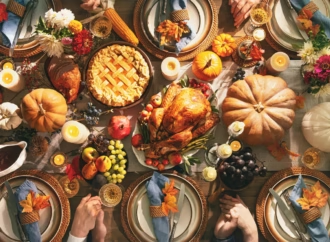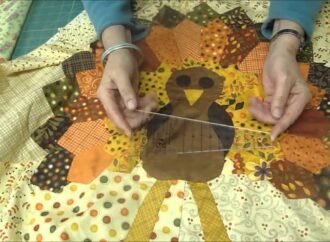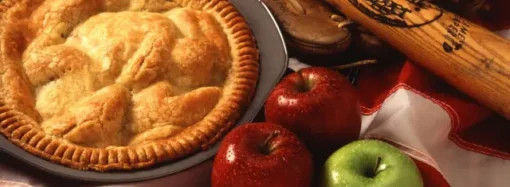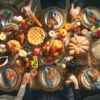The art world finds itself at the center of a political storm as cultural institutions grapple with increasing pressure from Washington. Amy Sherald, celebrated for her striking portrait of former First Lady Michelle Obama and recognized as one of the country’s most important contemporary artists, recently canceled a major exhibition at the Smithsonian’s National Portrait
The art world finds itself at the center of a political storm as cultural institutions grapple with increasing pressure from Washington. Amy Sherald, celebrated for her striking portrait of former First Lady Michelle Obama and recognized as one of the country’s most important contemporary artists, recently canceled a major exhibition at the Smithsonian’s National Portrait Gallery. Her decision stemmed from disagreements over the display of a bold work that reimagined the Statue of Liberty as a Black, transgender woman a piece she felt was being silenced under mounting political scrutiny. In a subsequent op-ed, Sherald accused the museum of allowing censorship to take hold, warning that history has shown what can happen when governments demand cultural loyalty rather than protect artistic freedom. Her withdrawal not only shocked the art community but also highlighted the fragile state of creative independence within one of America’s most respected cultural networks.

Behind the controversy lies a wider shift in federal policy. The Trump administration, through a March executive order, directed museums under its oversight to “celebrate American exceptionalism,” a phrase critics argue seeks to erase difficult discussions of race, gender, and identity in favor of a narrow, state-approved narrative. The order has already produced visible consequences: curators have faced scrutiny, exhibitions are being reviewed for ideological alignment, and the director of the National Portrait Gallery stepped down amid calls for her dismissal. The Smithsonian, long regarded as a guardian of artistic and historical truth, has been tasked with handing over gallery labels, future plans for exhibitions, and even internal communications about artwork selection. While presented as a measure to maintain patriotic values, critics see the move as unprecedented federal intrusion into curatorial independence.

The ripple effect is extending well beyond Washington. The American Alliance of Museums issued a stark warning in August about the growing “threats of censorship” facing institutions across the nation. Their concern is that if the Smithsonian can be compelled to adjust its programming, smaller regional and local museums often more vulnerable to political or donor influence may soon face similar restrictions. For artists and curators, the stakes are immense: the very ability of museums to present diverse, challenging, and sometimes uncomfortable narratives is at risk. The silence of many institutions, perhaps wary of federal funding or political reprisal, underscores the chilling effect such policies can have. At its heart, the debate is not just about individual works of art but about whether America’s cultural institutions will remain spaces of free expression or become instruments of state-endorsed ideology.
















Leave a Comment
Your email address will not be published. Required fields are marked with *